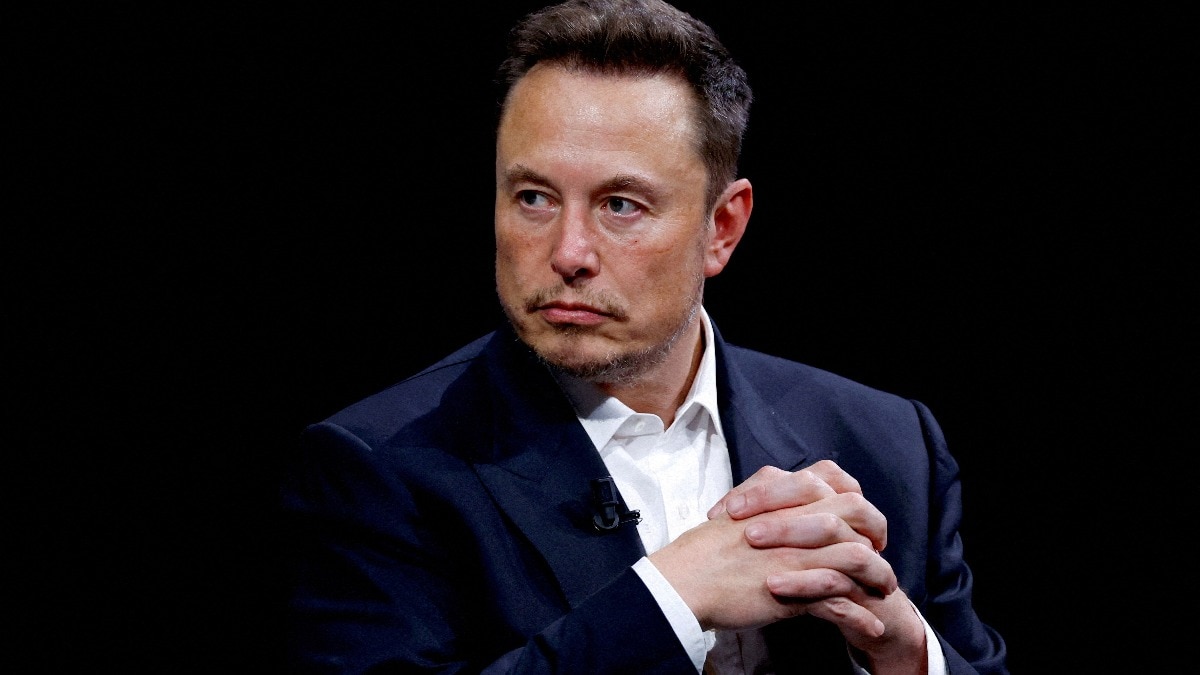Elon Musk has made a daring claim about the possibility of habitation on Mars following SpaceX team’s significant victory in their quest for affordable interplanetary travel.
Musk claims that one million people will be able to live on Mars thanks to SpaceX’s recent feat of capturing a massive booster from Starship rocket for the first time.
The incredible capture opens the door to low-cost space travel using reusable rockets that act as an interplanetary railroad, transporting massive payloads to the Moon and beyond. This will enable people to settle in cities on Mars and the Moon.
Explaining further, the Tesla CEO in a post on X explained, “Getting the cost per ton to the surface of Mars low enough that humanity has the resources to make life multiplanetary requires a roughly 1000X improvement in rocket & spacecraft technology.”
“Recent US Mars missions have had a cost per ton of useful load to the surface of Mars of about $1B. Moreover, it has become more, not less, expensive over time!” he added.
Musk said that to build a city on Mars that can grow by itself likely requires at least a million tons of equipment, which would therefore require >$1000 trillion, an obviously impossible number, given that US GDP is only $29T.
“However, if rocket technology can be improved by 1000X, then the cost of becoming sustainably multiplanetary would drop to ~$1T, which could be spread out over 40 or more years, so
“Starship is designed to achieve a >1000X improvement over existing systems and, especially after booster catch and precise ocean landing of the ship, I am now convinced that it can work,” he wrote.
A self-sustaining city with a population of one million or more will be constructed on Mars if civilization remains comparatively stable for the next thirty years, the SpaceX CEO said.
SpaceX’s recent launch saw the successful return of the ‘super heavy booster’ to Earth, marking a significant milestone in the history of space engineering. This booster, which propelled the 3,000-tonne rocket off the launchpad, was equipped with thrusters that facilitated its safe return to the launch apparatus, where it was retrieved by giant mechanical fingers.

